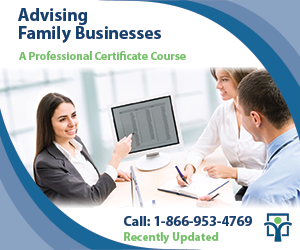Last updated: April 19 2016
How To Claim Business Expenses Properly

Be sure to visit with a Tax Services Specialist to properly set up the accounts for the income and expenses you’ll be claiming in your small business.
Your business expenditures, assuming you have a reasonable expectation of profit from a viable commercial activity, fall into six types:
- Current
- Capital
- Prepaid
- Restricted
- Not allowable
- Mixed use expenses
Current Expenses: These are used up in the course of earning income from the business. Examples are office supplies, wages, rent and other overhead costs. These costs are usually fully deductible against revenues.
Capital Expenses: These expenditures are for the acquisition of income-producing assets with a useful life of more than one year. This includes cars, buildings, equipment and machinery. These expenses are subject to capital cost allowance rates and classes, which allow for a declining-balance method of accounting for the cost of wear and tear.
Prepaid Costs: Most businesses must report income and expenses on the accrual method of accounting. In that case, the prepaid expense is prorated and deductible in the year the benefit is received. A good example is insurance, paid in advance for a 12-month period that may span a fiscal year end. Only those on the cash method of accounting may claim the full costs in the year paid. This is generally only farmers, fishers and very small businesses.
Non-Allowable Expenses: Fines or penalties imposed after March 22, 2004, by any level of government (including foreign governments) will not be tax deductible. However, this will not apply to penalty interest imposed under the Excise Tax Act, the Air Travellers Security Charge Act and the GST/HST portions of the Excise Tax Act. Also not allowable, the cost of golf club memberships. Be sure to cover these and other expenses that fall into each category with your tax advisor.
Restricted Expenses: This category includes the costs of meals and entertainment (50% deductible), and the costs of attending conventions (only two per year). Home workspace expenses are restricted to net income from the business.
 |
Also remember that barter transactions are reportable although there is no exchange of cash. When your business trades goods or services for other goods or services, the fair market value of the goods or services you accept is income for your business; if the accepted items are used in your business to generate income their value may also be a business expense. Be sure to account for these transactions in your records.
It is critical not only to be aware of all the various categories of business expenses, but also to track and handle them properly throughout the year so that you can defend any “grey areas” that could be open to interpretation in the case of a tax audit. You do not have to give up legitimate claims to subjective decision-making by a tax auditor who doesn’t know your business or your business plans as well as you do, yet may challenge your business loss deductibility if your business plans and documentation records are sketchy.
Help the auditor understand your business. You can and should be able to show the “reasonable expectation of profit” in your venture; you know the future—the potential income earning capacity of your business—because you made an up-front investment in assets, business relationships and the making of the products or services you sell. Don’t give up your edge – and your legitimate tax deductions - by keeping poor records during the year.
Evelyn Jacks is President of Knowledge Bureau, Canada’s leading educator in the tax and financial services, and author of 52 books on family tax preparation and planning.
NEXT TIME: PAYING FAMILY MEMBERS





